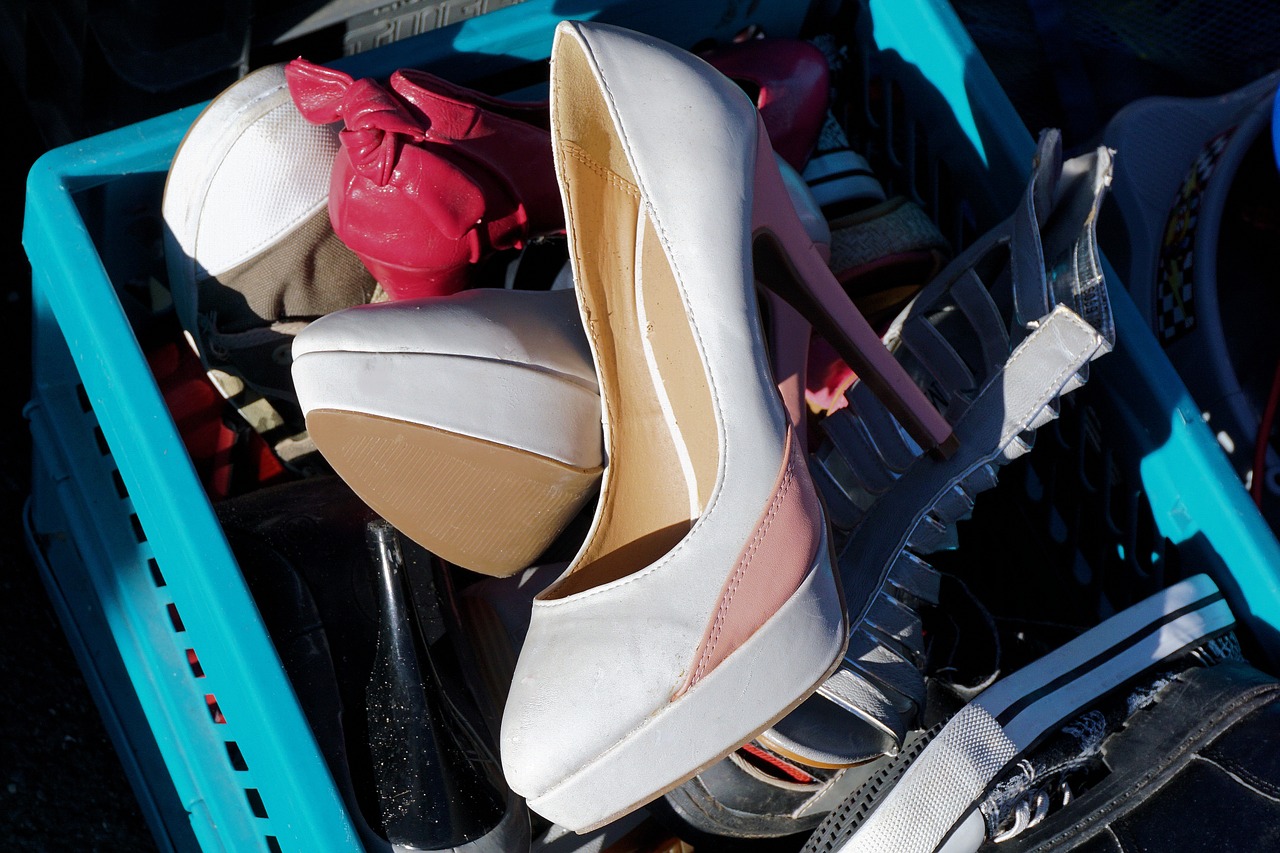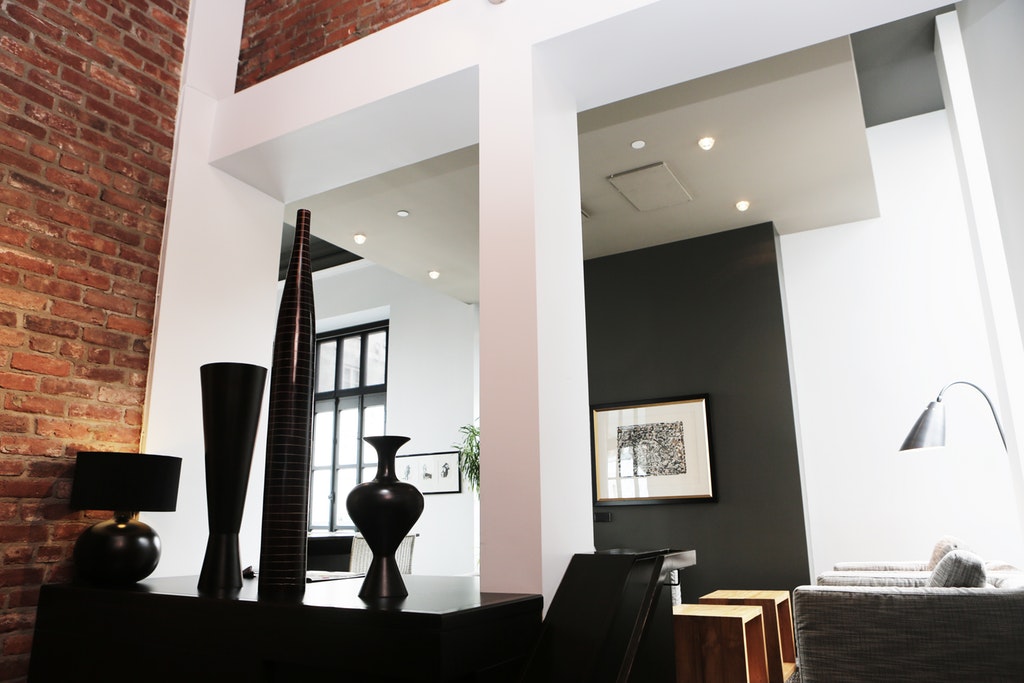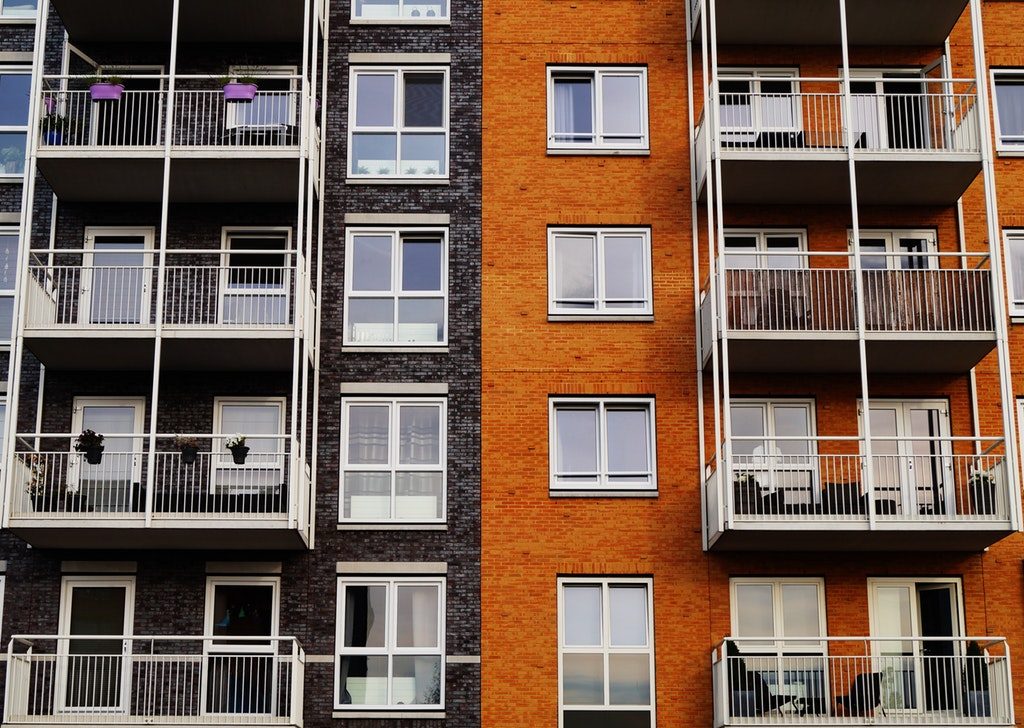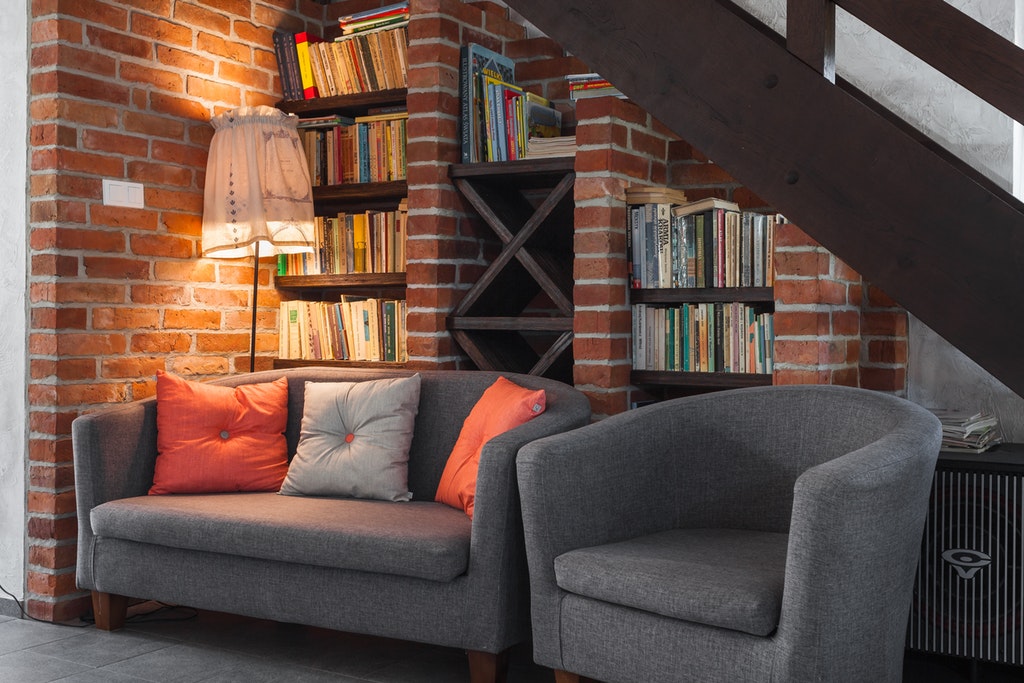There are plenty of reasons you might need to keep things in a storage unit for extended periods of time. Maybe you’re taking the trip of a lifetime, downsizing your house, moving across the country or just don’t want your living space cluttered with items you don’t use on a regular basis. Whatever your reasons for choosing long-term storage, there are some important guidelines you should follow to ensure that your things stay safe and undamaged until you retrieve them. Protect your stuff and your peace of mind by following this list of dos and don’ts for putting things in long-term storage.
Do…
- Ensure you choose a storage facility that’s ventilated and temperature-controlled. Your things are more likely to get damaged if they’re kept in a small space with no air circulation and exposed to wide swings in temperature. It might cost a little more to rent a temperature-controlled storage unit, but don’t try to pinch pennies here – ruining your stuff isn’t worth saving a few dollars.
- Box up your belongings securely. Invest in new boxes, since old boxes are more likely to fall apart. Fill your boxes all the way to the top, so they don’t get crushed if you set other things on top of them. Use packing tape to seal your boxes securely, so they won’t come open when you move them.
- Label your boxes clearly. You might remember where you put everything now, but in six months, you might not. Save yourself some hassle by clearly labeling everything.
- Pack up fragile items safely. If you have any breakables, use plenty of bubble wrap and newspaper when you box them up. Label the boxes as fragile and handle them carefully.
- Make sure all your items are clean and dry. Don’t store damp or dirty items, especially clothes – bacteria or mildew quickly ruin them. Keep clothes and other fabric items dry and protected by storing them in suitcases or cloth bags, not boxes.
Don’t…
- Store bulky items on top of lighter items. Heavy boxes might crush lighter items underneath. Stack your boxes and other items with the heaviest things on the bottom.
- Prop couches up on one end. You might save space by storing a couch on one side, but that could weaken or break the couch. Leave it in its regular position with all four feet on the floor.
- Store anything wet, dirty, or moldy. All items should be clean and dry when you pack them away. Otherwise, you’re just inviting bacteria to grow there.
- Forget to disassemble furniture. If any of your furniture can be taken apart, Kip’s Movers says to do this before you move or store it. You’ll save a lot of space and protect your items from breakage.
- Put important documents or other items in storage. Be careful not to accidentally leave your keys, wallet, or other necessary items in your storage unit. Don’t store any necessary paperwork, either, even if you don’t think you’ll need it – it’s better to be safe than sorry.

















